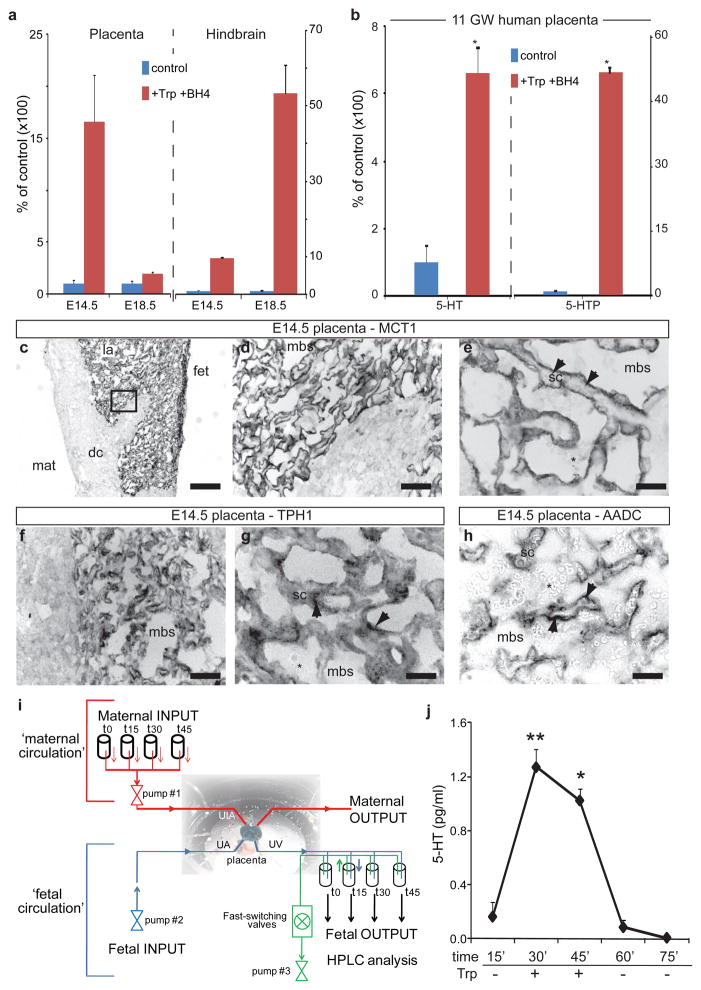Figure 2. Placental synthesis of 5-HT in vitro and ex vivo.
a, Placental extracts were incubated with the co-factor tetrahydrobiopterin (BH4; control) or BH4 and tryptophan (+Trp+BH4) and 5-HT neosynthesis measured after 30 min. b, Similar experiments conducted using human placenta tissue collected at 11 weeks of gestation (11 GW) show that human fetal villi synthesize 5-HTP and 5-HT (statistical significance versus control analyzed by Student’s t test; *, p<0.005; n=3; data are presented as means ± s.e.m.). c, Immunostaining for the monocarboxylate transporter MCT1, a marker of syncytiotrophoblastic cells (sc) in the labyrinth (la) region on the fetal side (fet) of an E14.5 mouse placenta. On the maternal side (mat) the decidua (dc) is devoid of staining. Asterisks indicate red blood cells of maternal origin. d–h, Higher magnifications of the region boxed in c; MCT1 is expressed on the apical side (arrows) of syncytiotrophoblasts facing the maternal blood space (mbs). The 5-HT synthetic enzymes TPH1 (f, g) and AADC (h) are expressed in overlapping patterns in the cytoplasm of syncytiotrophoblastic cells (arrows). i, Schematics of the ex-vivo dual perfusion system for the mouse placenta; UtA: uterine artery, UA umbilical artery, UV umbilical vein. g, 5-HT neosynthesis in ex vivo dually-perfused mouse placentas at E17.5. L-tryptophan (100 μM) was injected through the UtA. 5-HT, neo-synthesized from maternal tryptophan and released into the UV, is evident within 15 min of precursor injection (statistical significance of 5-HT levels variation across time was analyzed by one-way ANOVA; *, p<0.05; **, p<0.01; data from 3 independent experiments are presented as means ± s.e.m.).

